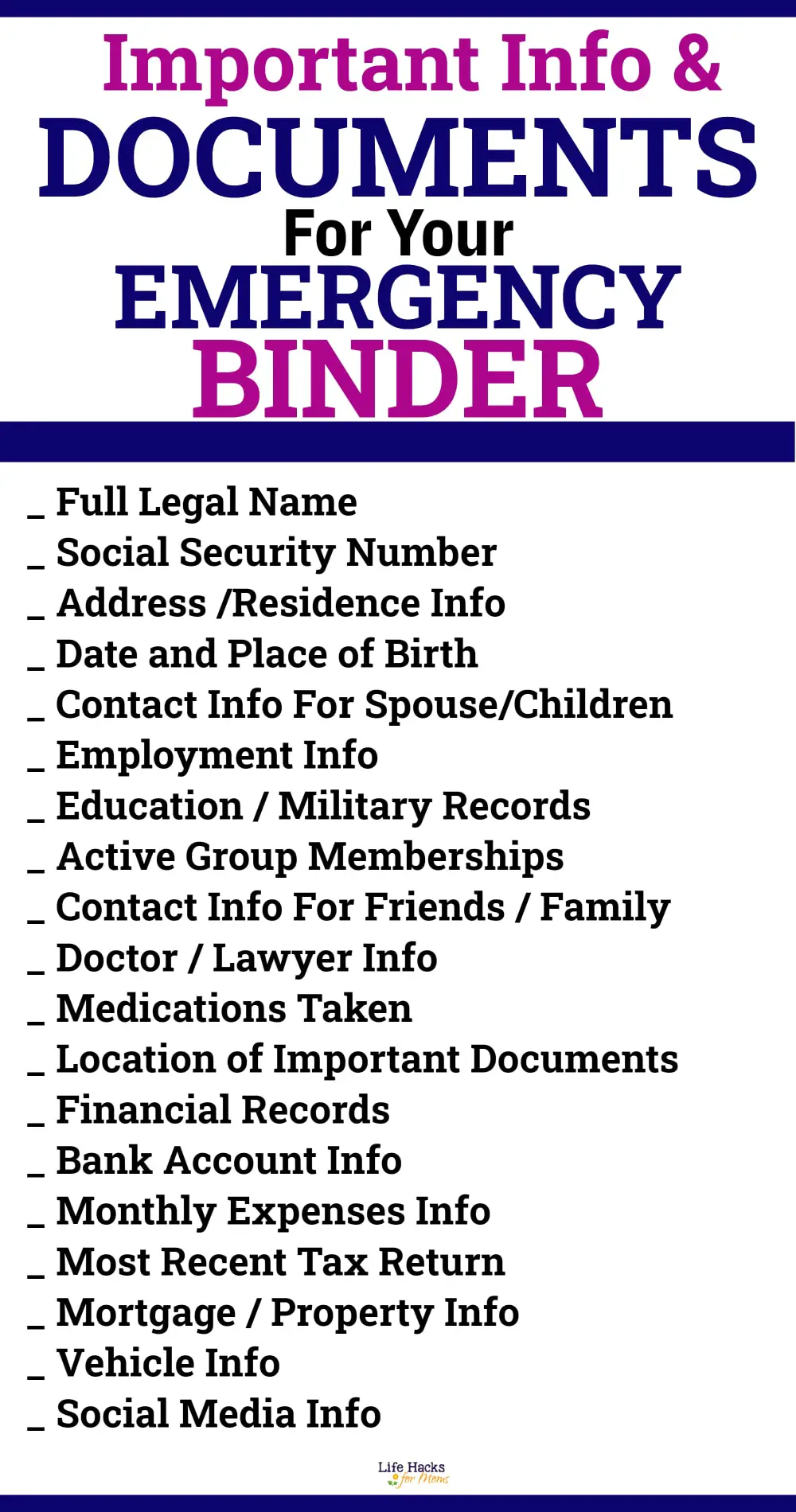Recovering Lost Trust Paperwork: Essential Steps

Experiencing the loss of important trust documents can be highly distressing. These documents are crucial for proving ownership and rights, managing assets, and ensuring the proper execution of estate plans. Losing such paperwork can lead to significant complications. This comprehensive guide is designed to walk you through the essential steps needed to recover your lost trust paperwork and minimize the repercussions of this loss.
Initial Steps Upon Discovering the Loss

Before you panic, take a deep breath and follow these initial steps:
- Document Every Detail: Note the last time you saw the documents, their usual storage location, and any possible circumstances around the time they were lost or misplaced.
- Search Thoroughly: Conduct an extensive search of your home, office, safe deposit boxes, or any other place you might have stored the documents. Involve family members or anyone else who might have access to these locations.
Notify Relevant Parties

Once you’ve searched your immediate environment:
- Inform the Trustee: If you’re the trustor, inform the trustee or co-trustees about the missing documents. This step is crucial for initiating corrective measures.
- Notify Estate Planning Attorney: Your attorney will be instrumental in advising on the next steps, possibly recreating the trust documents.
- Alert Beneficiaries: Keep beneficiaries in the loop to prevent misinformation and to possibly gather their assistance or suggestions.
🔍 Note: If someone else is the trustee, ensure you follow their instructions closely as they have a fiduciary responsibility to act in the trust’s best interest.
Assess Available Records

You might have:
- Copies or Digital Backups: Look for copies or scanned versions that might have been sent to you or family members.
- Past Tax Filings: Review your trust’s tax returns for references to trust assets or beneficiaries.
- Estate Planning Binders: Check if you or your attorney have compiled all relevant documents in an estate planning binder or portfolio.
| Document Type | Potential Source |
|---|---|
| Copies of Trust Documents | Estate Planning Attorney, Online Cloud Storage |
| Tax Returns | Financial Advisor, Tax Records |
| Other Related Documents | Home Safe, Safe Deposit Box, Estate Planning Binder |

Recreation of Trust Documents

To recreate trust documents:
- Consult an Attorney: Your estate planning attorney will help recreate the trust using existing records or from memory if necessary.
- Memory and Verification: Try to remember and write down all the trust terms, amendments, and any other details. Seek verification from family members or others involved in the trust’s creation or management.
- Prepare Replacement Documents: Draft new trust documents or amendments. Ensure to include everything as per your memory or available records.
Notarization and Execution

Once new documents are prepared:
- Get Notarized: Have the new trust documents notarized. This adds legal strength to the recreated documents.
- Witnessing: Ensure there are witnesses during the signing of the documents. The trust formation generally requires at least two witnesses, depending on local laws.
📝 Note: Make sure all involved parties sign new documents in the presence of each other and witnesses to maintain legal validity.
Recording and Filing

After execution:
- Record with Public Records: Depending on local regulations, you might need to record the new trust documents or amendments with public records.
- Filing Tax Returns: Ensure to file any necessary tax documents with updated information, if required.
- Notification to Financial Institutions: Inform any banks or financial institutions about the recreated trust, providing them with updated documents or amendments.
Preventive Measures for the Future

To avoid similar situations in the future:
- Create Copies: Make several copies of all important documents, storing them in separate and secure locations.
- Cloud Storage: Scan and upload documents to secure cloud storage platforms for easy retrieval.
- Estate Planning Binder: Organize all estate planning documents in a well-protected binder and ensure someone else knows where it is.
- Safe Deposit Boxes: Store critical documents in a safe deposit box, and make sure to inform someone of its location and contents.
- Digital Records: Regularly backup important files digitally and protect them with strong passwords.
Recovering lost trust paperwork involves a series of methodical steps from initial loss assessment to document recreation and filing. By adhering to these steps, you can mitigate the immediate impact of loss and ensure the continuity of trust management. Always remember, prevention is better than cure; hence, taking proactive measures to secure your important documents will save you from future distress.
What should I do if I can’t find my trust document?

+
Start by notifying relevant parties like the trustee and your estate planning attorney. Conduct a thorough search and begin the process of document recreation if the originals remain lost.
Is it necessary to recreate the entire trust if documents are lost?

+
Not necessarily. You might only need to recreate the key provisions or amendments, especially if there are backups or copies available of the original trust documents.
Can I make changes to the trust when recreating documents?

+
Yes, this is an ideal time to make any necessary amendments or updates, ensuring all parties involved agree with the changes before final execution.
How long does the process of recreating trust documents take?

+
The process can take anywhere from a few weeks to several months, depending on the complexity of the trust, availability of records, and legal processes involved.
What can I do to prevent loss of trust paperwork in the future?

+
Implement digital backups, use secure storage options, and ensure multiple copies are kept in different locations. Educate yourself and others on the importance of proper document storage and management.